Discovery date July 16, 1862 Semi-major axis 26.092 AU Discovered 19 July 1862 Orbits Sun | Aphelion 51.225 AU Orbital period 133 years Meteor shower spawned Perseids Last perihelion 11 December 1992 | |
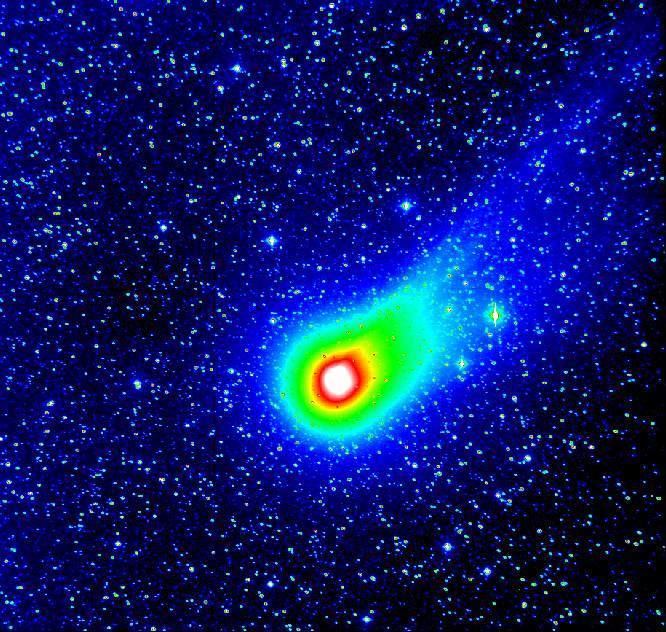 | ||
Discovered by Lewis SwiftHorace Parnell Tuttle Alternativedesignations 1737 N1; 1737 II; 1862 O1;1862 III; 1992 S2; 1992 XXVIII Epoch October 10, 1995(JD 2450000.5) Similar Horace Parnell Tuttle discoveries, Other celestial objects | ||
Comet Swift–Tuttle (formally designated 109P/Swift–Tuttle) is a periodic comet with a current (osculating) orbital period of 133 years. It fits the classical definition of a Halley-type comet with a period between 20 and 200 years. It was independently discovered by Lewis Swift on July 16, 1862 and by Horace Parnell Tuttle on July 19, 1862. It has a well determined orbit and has a comet nucleus 26 km in diameter.
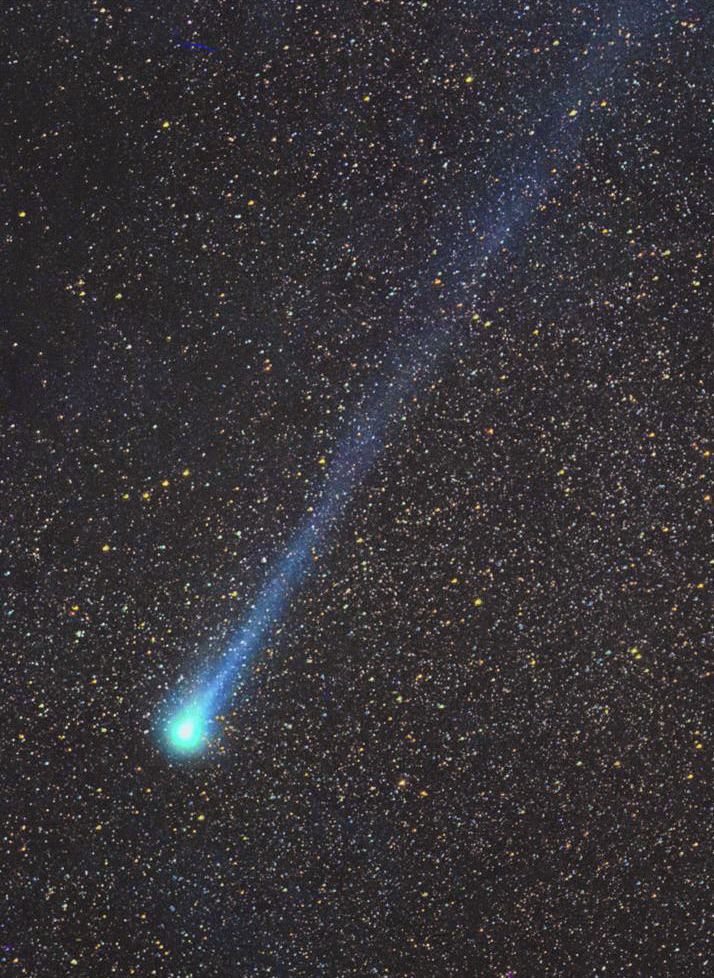
Chinese records indicate that, in 188, the comet reached apparent magnitude 0.1. In the discovery year of 1862, the comet was as bright as Polaris. The comet made a return appearance in 1992, when it was rediscovered by Japanese astronomer Tsuruhiko Kiuchi and became visible with binoculars. In 2126 it will be a bright naked-eye comet reaching about apparent magnitude 0.7.
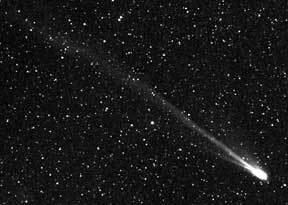
It was later identified with the comet Ignatius Kegler found morning 3 July 1737.
It is the parent body of the Perseid meteor shower, perhaps the best known shower and among the most reliable in performance.
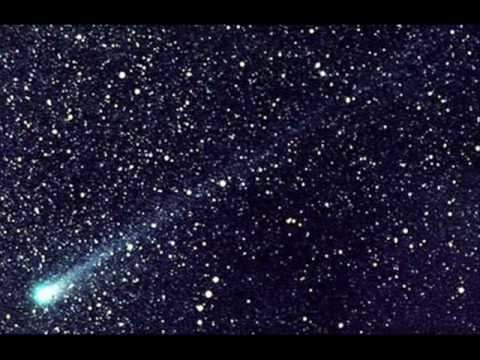
An unusual aspect of its orbit is that it is captured into a 1:11 orbital resonance with Jupiter; it completes one orbit for every 11 of Jupiter. This means that its proper long-term average period is actually only 130.48 years.
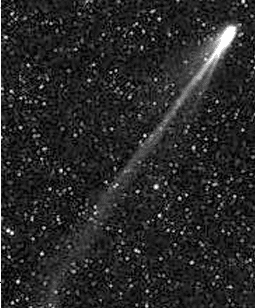
Threat to Earth
The comet is on an orbit that makes repeated close approaches to the Earth-Moon system, and has an Earth-MOID of 0.0009 AU (130,000 km; 84,000 mi). Upon its 1992 rediscovery, the comet's date of perihelion passage was off from the then-current prediction by 17 days. It was then noticed that, if its next perihelion passage (July 11, 2126) was also off by another 15 days (July 26), the comet would pass perilously close to Earth or the Moon on August 14, 2126 (IAUC 5636: 1992t). Given the size of the nucleus of Swift–Tuttle, this was of some concern. This prompted amateur astronomer and writer Gary W. Kronk to search for previous apparitions of this comet. He found the comet was most likely observed by the Chinese in 69 BC and AD 188, which was quickly confirmed by Brian G. Marsden. This information and subsequent observations have led to recalculation of its orbit, which indicates the comet's orbit is very stable, and that there is absolutely no threat over the next two thousand years. It is now known that the comet will pass 0.153 AU (22,900,000 km; 14,200,000 mi) from Earth on August 5, 2126. and within 0.147 AU (22,000,000 km; 13,700,000 mi) from Earth on August 24, 2261.
A close encounter with Earth is predicted for the comet's return to the inner Solar System in the year 4479, around Sept. 15; the closest approach is estimated to be 0.03–0.05 AU, with a probability of impact of 1×10−6, or 0.0001%. Subsequent to 4479, the orbital evolution of the comet is more difficult to predict; the probability of Earth impact per orbit is estimated as 2×10−8 (0.000002%). It is the largest Solar System object that makes repeated close approaches to Earth with a relative velocity of 60 km/s. An Earth impact would have an estimated energy of ≈27 times that of the Cretaceous–Paleogene impactor. Comet Swift–Tuttle has been described as "the single most dangerous object known to humanity".
